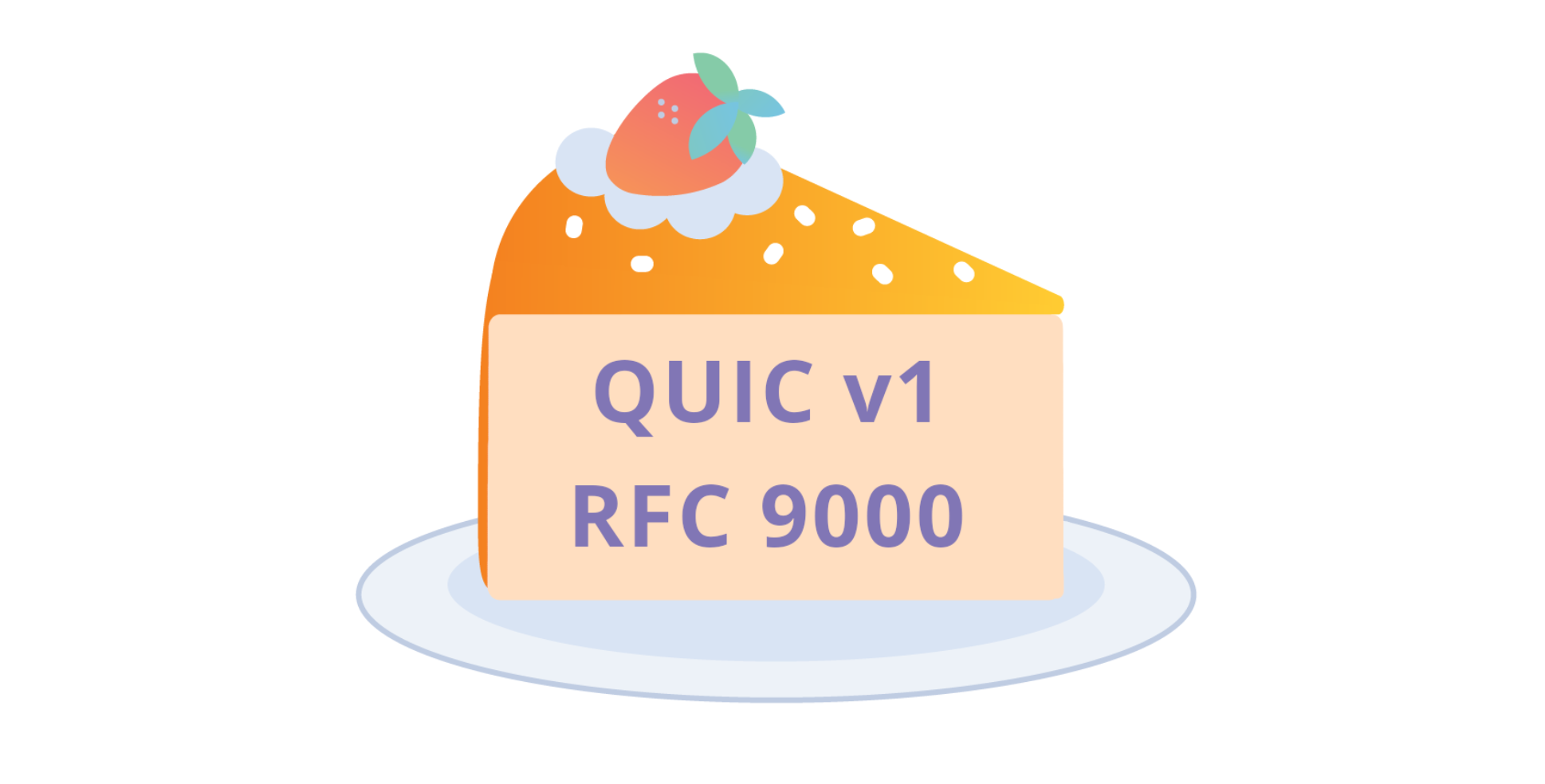Tools 7. Show me your packets … with TCP dump
Hello my friend,
When something goes wrong with the distributed application, where the network is involved (e.g., between client and web service, or between frontend and backend of services), the network is a first thing to be blamed. After the troubleshooting, it is often turned out that the network is innocent, but we need first need to prove it.
2
3
4
5
retrieval system, or transmitted in any form or by any
means, electronic, mechanical or photocopying, recording,
or otherwise, for commercial purposes without the
prior permission of the author.
Automated troubleshooting for automated networks?
The truth is that automation helped me so many times to figure out the root cause of the network outages or malfunctions that I even stopped counting that. I may say that automaton solutions work perfect, if you create them to solve your issues and tailor to your environment.
That’s what our Live Network Automation Training (10 weeks) and Automation with Nornir (2 weeks) are all about: to show you real automation in a real environment with multiple vendors together. No matter what those vendors are, the automation principles, tools Continue reading



